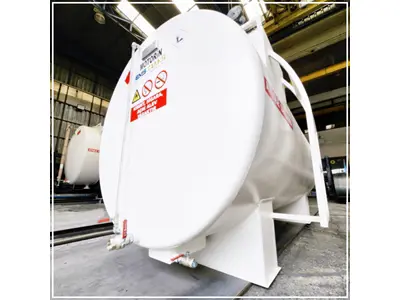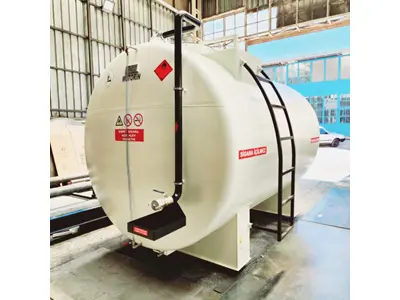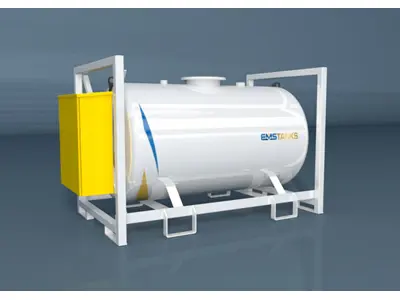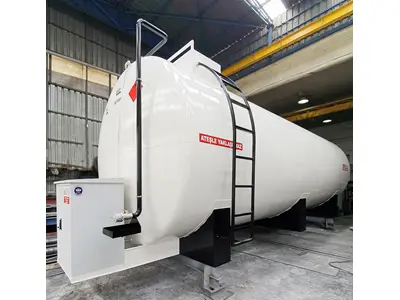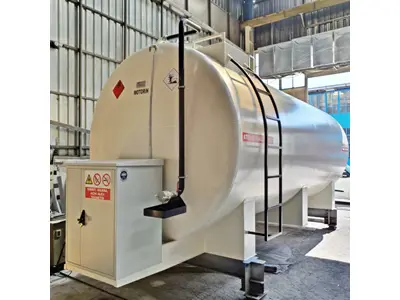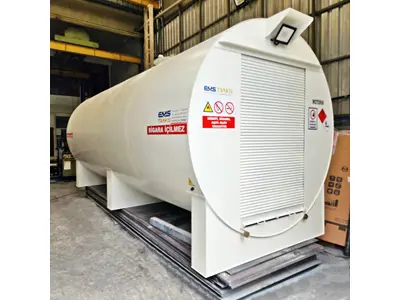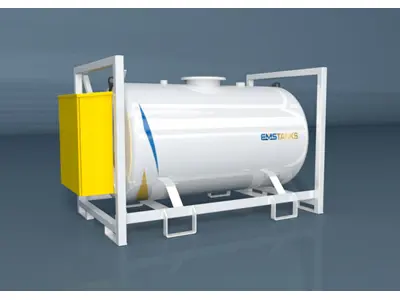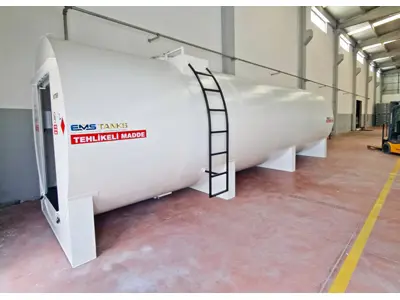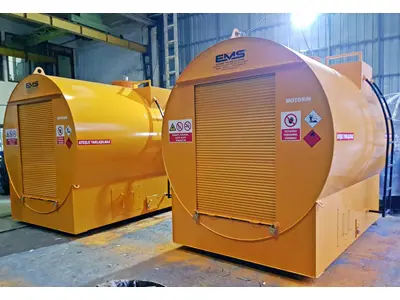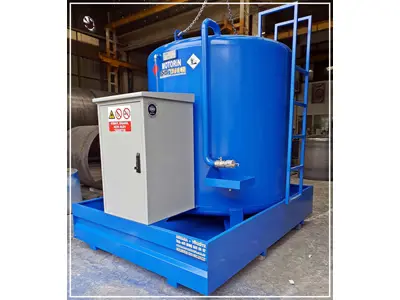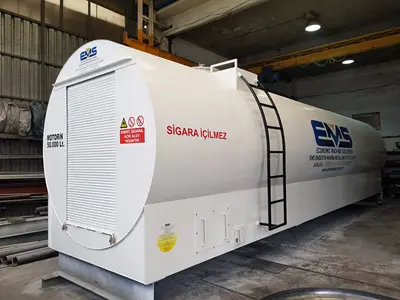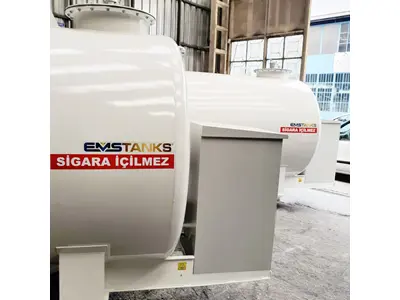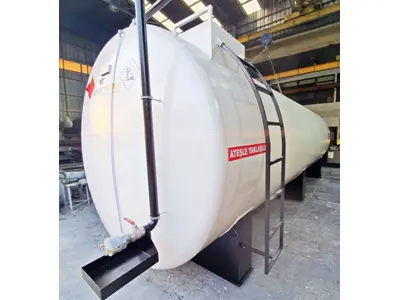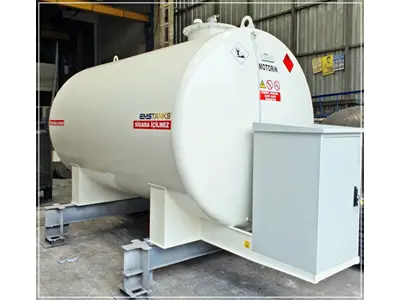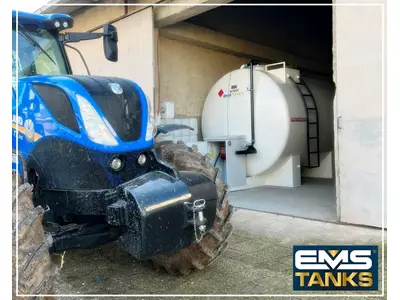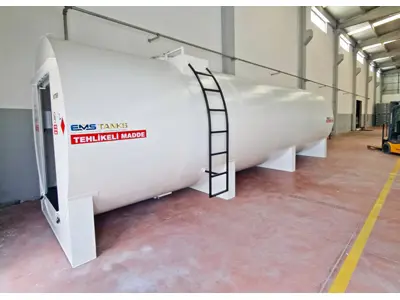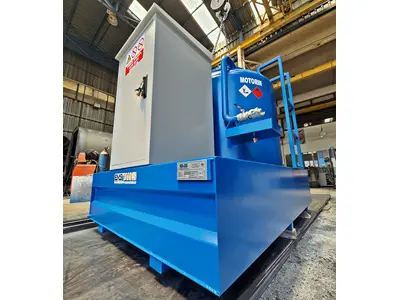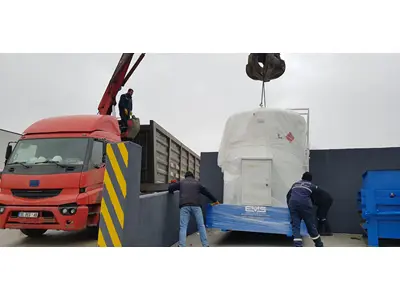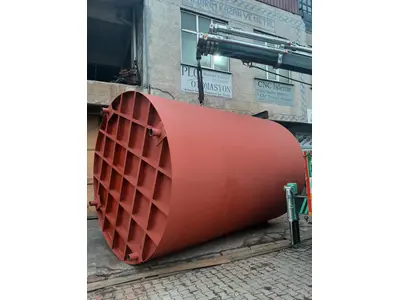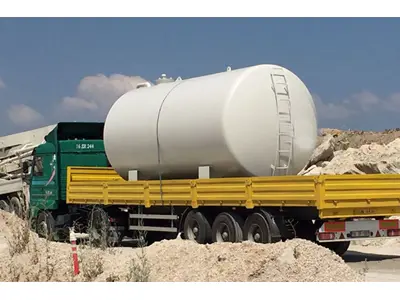Fuel tank, as the name implies, consists of devices where burning fuel or oils to be used are stored. These products, also known as fuel tanks, are generally used to store flammable and non-flammable oils such as fuel oil, diesel, gasoline, or different types. Also, they are known for having different varieties such as double-walled, single-walled, insulated fuel tank, non-insulated fuel tank, depending on the usage areas.
Especially, fuels cannot be stored anywhere desired. Some standards must be met for the storage conditions of fuels. For example, LPG fuel tank must be high-pressure and must not come into contact with air. Because the gas known as LPG has a volatile property. Furthermore, the combustion temperature of LPG is quite low. Therefore, it must be well protected from external factors such as sunlight. The main distinction of fuel tanks is underground fuel tank and aboveground fuel tank.
Underground Fuel Tank
Sometimes referred to as underground fuel tanks, this product, as the name implies, is a tank buried underground. As mentioned above, some standards must be considered in the storage conditions of fuels. These standards vary according to the type of fuel, and some require underground fuel tanks. The ground must be excavated for the installation of underground fuel tank models. With sufficient excavation, a fuel tank can be placed in the area. At this point, the excavated area can be covered with concrete according to needs and preferences. These tanks are generally produced as single-walled or double-walled, and their outer coatings can also be made of epoxy or tar coating. One of the things to pay attention to is that underground fuel tank dimensions must be taken correctly and implemented in a proper manner. Any mistake made can hinder the tank installation and processes. When you have needs like a gasoline tank, you must select the most suitable tank by considering the purposes of use and the storage requirements. If you are not fully informed about how to make this selection, you can determine the most suitable models for your purposes by getting help from our expert teams. You can also get more detailed information about underground fuel tank prices from our company.
Aboveground Fuel Tank
In some cases, fuel tank models should be located above ground due to conditions and regulations. In such cases, users tend to prefer aboveground fuel tanks. They stand out as the most preferred fuel tanks in places without any space constraints and in mobile stations. The ground where the tank will be placed must first be reinforced with concrete. Tanks placed on a solid ground are then surrounded by wire for protection against environmental factors. With the necessary connections made, aboveground fuel tanks become fully usable. Before ordering an aboveground fuel tank, make sure that the tank is entirely suitable for your purpose of use. Because you must comply with some regulations to store fuels properly.
Single-Walled Fuel Tank
The wall in fuel tanks that forms the outer shell of the tank is called the wall. If the outer shell forming the tank's outer part is single-layered, these tanks are called single-walled tanks. Overflow tanks are used for aboveground applications, and a concrete pool is created for underground uses. This way, in case of any leaks, the damage to the surroundings is minimized, and an environmentally friendly storage is provided.
Double-Walled Fuel Tank
In double-walled fuel tanks, the layers forming the outer segment made of sheet metal are double-layered. To simplify, an additional layer is added on top of the outer segment of the tank. This way, a storage tank with a more durable structure is obtained. Leak detection systems can be added to these tanks to make them safer. Likewise, to prevent any harm to nature, concrete pools or overflow tanks are used similar to single-walled tanks. In double-walled fuel tank models, a choice can be made between black sheet metal and stainless steel depending on preference and need.
Heated Fuel Tank
Some fuel tank models have heaters to prevent stored oil or fuel from freezing due to factors like weather conditions and losing fluidity. Heated fuel tanks heat the fuel inside to prevent it from thinning and losing its fluidity. Heaters are generally preferred in tanks where heavy fuels like fuel oil are stored. Heating can be easily provided by using iron pipe coil heaters in tanks or electric resistors. You can also get detailed information about fuel tank prices with a heating feature from our product portfolio on our website.
Cylindrical and Prismatic Fuel Tanks
Fuel tanks can sometimes have a cylindrical or prismatic structure due to construction and usage methods. Cylindrical tanks are preferred in underground applications for strength. However, prismatic tanks are considered more advantageous for aboveground applications due to low space usage and higher capacity. There are some elements to pay attention to in the construction of prismatic tanks. Inside these tanks, a tension rod or reinforcement to enhance the tank's strength must be included. Otherwise, deformations or bulges may occur in tanks. This will eventually render the tank unusable.
Bottom Fuel Tanks
Among the variety of products in this portfolio, there are also bottom fuel tanks. These models are typically used in places where the ground is insufficient but there are no height constraints. During the installation of these fuel tanks, the ground must be reinforced, and the tank must be fixed to the ground. Generally, concrete is preferred to strengthen the ground on which the tank sits.
Mobile Fuel Tank
The most significant advantage provided by mobile fuel tanks is ease of refueling. Therefore, it can be considered as a product used in places where the need for fuel transfer is high, such as mining fields. Also, they are known as very successful fuel storage tanks in terms of logistics.
Insulated Fuel Tank
An insulated fuel tank is a fuel tank used to protect stored fuels from freezing and other factors. It is used to prevent the fuel from losing its fluidity and freezing. In this application, the outside of the fuel tank is covered with materials such as glass wool or mineral wool. Moreover, adding another sheet layer on top of this insulation layer is also possible. The density and thickness of the inner linings may vary according to weather conditions.
Fuel Tank Prices
Subjects like underground fuel tank prices are among the most curious things for many users, and they seek answers to these questions. The prices of these tanks, which are used for industrial purposes and fuel storage purposes, vary according to the tank type. Also, underground fuel tank dimensions are another factor directly affecting the price. Factors such as size, inner reservoir directly affect the price. On the other hand, it can be said that a single-walled tank is cheaper than double-walled tanks. Because the material needs in the production of double-walled tanks are much higher.
